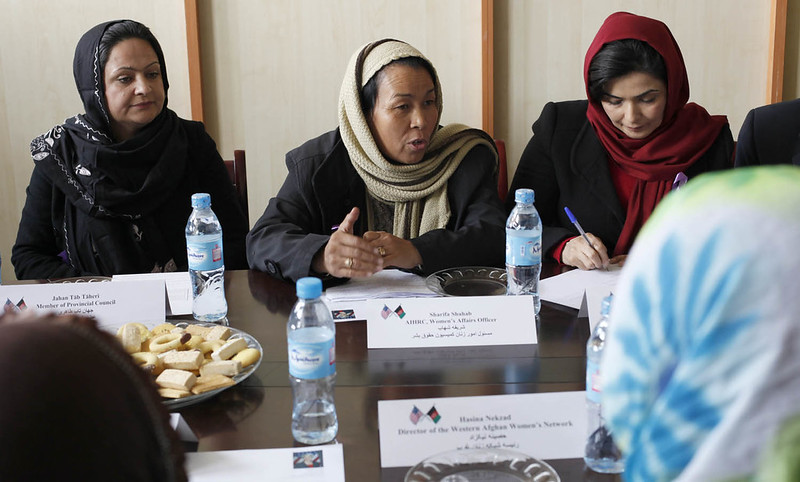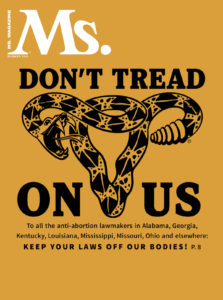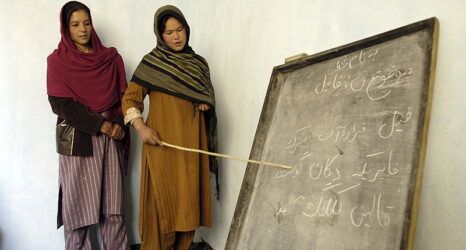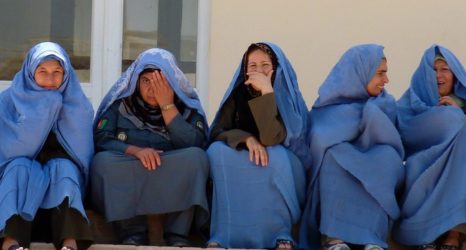This post is the third in a four-part series. Come back next week to read more!
In spite of the Taliban, Afghanistan is a picture of progress—though not perfection.
In 2001, women were neither seen nor heard. In 2019, Afghan Ambassador to the U.S. Roya Rahmani, the first woman diplomat to hold that post, paints a picture far more optimistic than the burka-clad image of Afghan women that the media can’t seem to shake.

“Afghanistan… has the highest number of women in decision-making positions” in its history, she notes. “Four cabinet ministers, four ambassadors, over 25 percent [representation] in Parliament [and] dozens of deputy ministers. Heads of both election commissions are women, [as well as] members of the judicial high council, mayors and deputy mayors … [and] heads of development programs. In the last grand council for peace [Loya Jirga], 30 percent were women [and] 13 out of 50 committees of the peace council were headed by women.”
Rahmani says these women insisted they be elected to leadership roles— not just nominated. “Women entrepreneurs are contributing to our economy,” she adds. “A women’s chambers of commerce [was] established to support their work.”
Protections for women are enshrined in the Afghan Constitution. Article 22 forbids any gender discrimination, declaring: “The citizens of Afghanistan, man and woman, have equal rights and duties before the law.” Article 44 tasks the state with creating and fostering balanced education for women, while Article 83 requires that at least 27 percent of the democratically elected House of the People must be women. The Constitution also guarantees freedom of speech, an important protection for women journalists and activists.
Thanks to these safeguards, girls today account for about 39 percent of students in primary and secondary schools. Women make up roughly 25 percent of the student body at Afghanistan’s 100-plus institutions of higher education and roughly 27 percent of the country’s civil service workforce.
Dr. Sima Samar, chair of the Afghanistan Independent Human Rights Commission and esteemed women’s rights leader, points to the approximately 70 TV stations and 170 radio stations along with the many newspapers and magazines in circulation as signs of a rigorous society. “When a child is born… a good sign is a loud cry,” Samar says. “Freedom of expression is [similarly] important.”

This piece is excerpted from a feature in the Summer 2019 issue of Ms.
To fuel our critical reporting on global women’s rights and snag a copy before it hits newsstands, become a member today!
To read more from the issue, check out the excerpt archive.





